Develop Language with Puppet Play
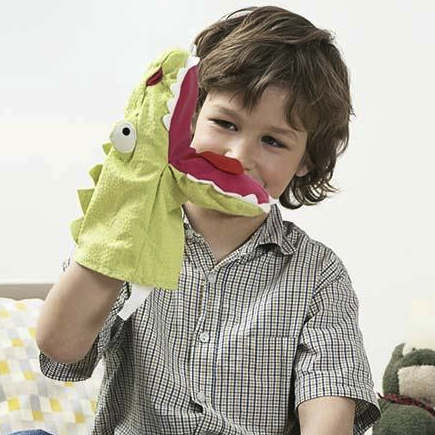
One of the best ways a child can develop language about themselves and the world around them is through puppet play. It is highly motivating, can be kept very inexpensive and relieve some performance pressure since your child isn’t so much focused on producing or retrieving the language.
Puppets can be created from material scraps, odd socks and buttons – just about anything around the house can be turned into a motivating language tool. Even using your child’s favorite soft toys can be effective. These are usually the most special toys in a child’s life because they grow so attached to them for comfort, so using them to learn new skills that are difficult can be a blessing.
Use cardboard boxes or coffee tables to create theaters if you want to encourage the participation of other members of the family. The turn taking and social conversation skills are just a few areas that your child will benefit from playing with puppets. But there is the listening, paying attention to the conversation and eye contact to consider as non verbal language skills your child can practise.
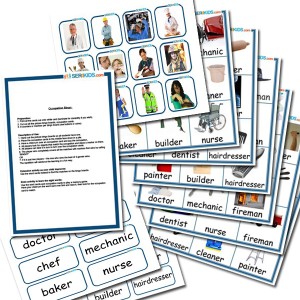 If children are older they can use more adult like puppets or design their own, so this activity can be easily adapted for any age. Teaching children language skills such as tone of voice to express different genders or emotions is another benefit from puppet play.Extending their vocabulary of the environment around them, such as the people in their community can be done by selecting appropriate props or dress for their puppets. Use our People In My Community Memory or Bingo Game cards to help them identify and reinforce the vocabulary.
If children are older they can use more adult like puppets or design their own, so this activity can be easily adapted for any age. Teaching children language skills such as tone of voice to express different genders or emotions is another benefit from puppet play.Extending their vocabulary of the environment around them, such as the people in their community can be done by selecting appropriate props or dress for their puppets. Use our People In My Community Memory or Bingo Game cards to help them identify and reinforce the vocabulary.
For children having difficulties understanding social etiquette puppets can be used to do role play activities or bring social stories to life to help your child comprehend what is appropriate behavior. By scaffolding stories and then repeating them with various endings is teaching your child to use their imagination which benefits them in the long term for structuring and writing stories appropriately.
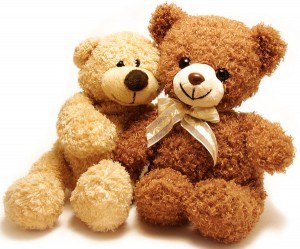 For the younger child puppets are also a great way to learn rhythm and rhyme by using them to sing songs eg ‘Where is Thumbkin?’. The sequence of movement the finger puppets needs to do help them remember the sequence of sentences and rhyme helps children produce a more natural flow of speech over time. Other songs to role play with dolls would be many of the nursery rhymes such ‘Jack & Jill’, ‘Hey Diddle Diddle’ or ‘Heads, Shoulders Knees & Toes’, ‘Incy Wincy Spider’. These are a great way to learn and extend your child’s vocabulary in a more interesting way also.
For the younger child puppets are also a great way to learn rhythm and rhyme by using them to sing songs eg ‘Where is Thumbkin?’. The sequence of movement the finger puppets needs to do help them remember the sequence of sentences and rhyme helps children produce a more natural flow of speech over time. Other songs to role play with dolls would be many of the nursery rhymes such ‘Jack & Jill’, ‘Hey Diddle Diddle’ or ‘Heads, Shoulders Knees & Toes’, ‘Incy Wincy Spider’. These are a great way to learn and extend your child’s vocabulary in a more interesting way also.
The key is to laugh, make it funny and sometimes even be a little silly because puppet play is even a good way to teach your child how to have a sense of humor and laugh at themselves sometimes! Enjoy and be sure to comment on any other puppet play ideas below.

 Cart (0)
Cart (0)



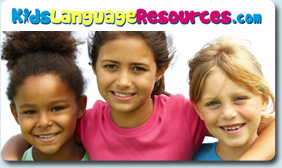


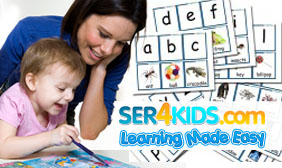
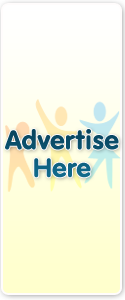

Fantastic way to improve communication skills.Where is Thumbkin is great for finger exercises too.
I would like to tell you I am amazed at the care and detail you take in sharing info about using puppets for learning. Your commitment to share your knowledge has been pretty valuable to teaching professionals like me and I’ll be sharing your resources with my colleagues. Thanks a lot; from all of us.
You’re so cool! I don’t think I’ve read anything like this before. So nice to find somebody with some original thoughts on this subject. This website is something that is needed on the web, someone sharing useful information on the internet for a change!
[…] you liked these ideas you might want to read about how you can use Puppet Play to develop language as well! Tags:increase vocabulary,learning through role play,make learning fun,pretend […]